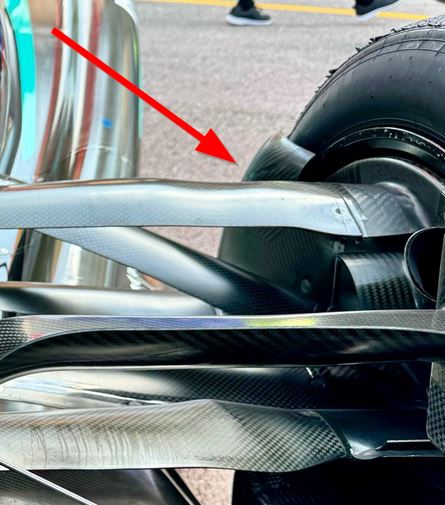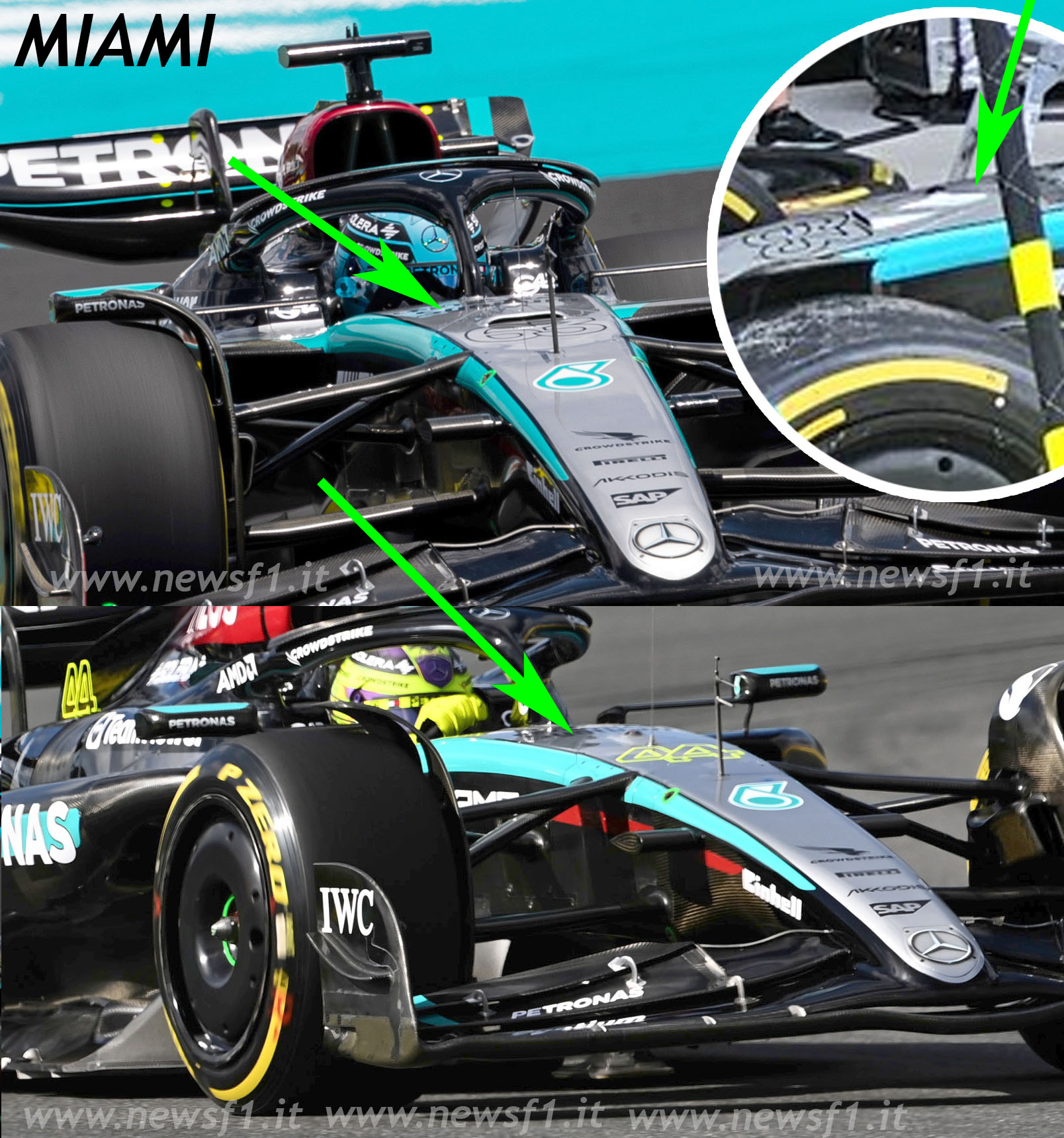atanatizante wrote: ↑15 Jul 2024, 18:46
Farnborough wrote: ↑15 Jul 2024, 18:00
Yes, that's it.
Can also clean up the airflow hitting front facing surface of tire as it collects lateral flow too, this to prevent that tumbling around inner face to further disturb general flow through that area.
Fairly high energy to pressurise brake duct volume.
What are your thoughts about the brake air exhaust trajectory?
Could be that it`s strategically placed near the rear wing endplate? And the reason/reasons for doing this could be to diminish the bounder layer or just to induce a low pressure both on the beam wing and further to the diffuser?
Yes there's effect, but exactly what you'd probably need fairly detailed access to their research to be conclusive.
The current regs prohibited airflow exit through front of wheel with std "hub" covers, meaning all air management has to be rear face.
The ducts must fulfill PRIMARY function as cooling device, but will assuredly be placed for best air management in relation to other component, likely stretching that interpretation as far as realistic within the rules. These having the potential to impinge on rules not allowing "movable" aerodynamic surfaces. So, tightly regulated, but with potential to direct exit flow within regulations. Believe that r&d time on cooling structures are not within aero research restrictions too, possibly

Same with suspension "legs" not effectively allowed to generate load through surface, but careful placement may provide significant benefits in over flowall strategy without breaching regulation.




